Future cohabitation
In order to demystify and familiarize exhibition-goers with the possibility of future cohabitation with such elements, the exhibition features 11 robots divided into four categories: Coworkers, companions, communicators, and those who help humans.
“These robots already exist and are used in practice. They are not fiction, used to increase efficiency or even prototypes in development,” says curator Zaven Paré, who is a researcher in the technology and robotics segment.
More than just robots
Rather than just communication devices, the exhibition highlights specimens that exist for company, with an emphasis on non-verbal communication, including emotional expressions.
Designed with artificial intelligence and sophisticated sensors, which allow them to understand and respond to human needs and expressions intuitively, friendly robots have been used in stores, schools, hospitals, nursing homes, and even in everyday life at homes, becoming real personal assistants or even family members.
“I believe that HAL will get a lot of attention, especially from adults. Just by looking at the exoskeleton you can create an instinctive connection, as people envision themselves aging - and this robot can provide important support in the future of each individual,” says Paré.
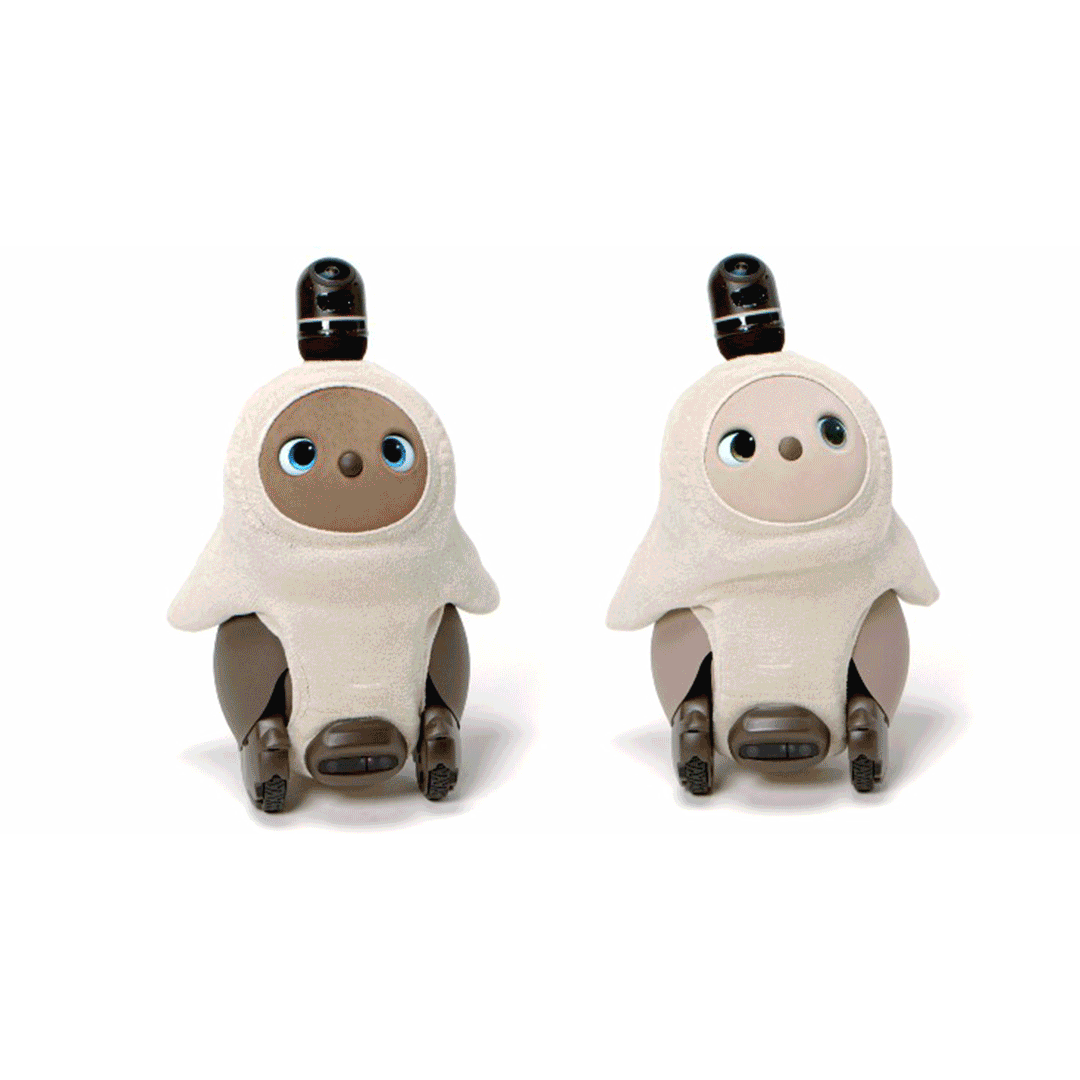
The exhibit features the specimens aibo (Sony Group Corporation), BIG CLAPPER (BYE BYE WORLD Inc.), Gatebox (Gatebox Inc.), HAL – Hybrid Assistive Limb (CYBERDYNE Inc.), LOVOT (GROOVE X, Inc.), necomimi (NeuroSky Co., Ltd. /neurowear), NICOBO (Panasonic Entertainment & Communication Co., Ltd. | ICD-Lab Toyohashi University of Technology), PARO (National Institute of Advanced Industrial Science and Technology), Pepper (SoftBank Robotics Group Corp.), and Qoobo (Yukai Engineering Inc.).
“Present days in Japan tell us a little about the future around the world, for example, loneliness in the context of population aging. Japan is a laboratory. These robots demonstrate how motivating and interacting can be achieved. They are empathetic robots, with emotional appeal and universal expressions such as clapping or more expressive looks,” remarks Paré.
The exhibition also shows a timeline of the history of robots in Japan and around the world, considering both reality and science fiction. A highlight is the ancestor of robots: The tea-serving automaton Chahakobi Ningyô. Typical of Japan, it appears in popular novels during the Edo period, and is the outcome of technical progress in watchmaking, appearing at the origin of the design of industrial machines.
Accessible JHSP program
For further exploration of the exhibition theme, JHSP will offer a sideline program including discussion panels, demonstrations, and seminars to promote exchange during the exhibition. Within the Accessible JHSP program, the exhibition “Living with robots” also offers tactile resources, audio descriptions, and sign language.
![]()
About Zaven Paré (Curator):
Zaven Paré has curated exhibitions on art, technology, and robotics, such as CyberArt (2009-2011), which toured several cities in Brazil; 100 years of robots, at the Oi Futuro Cultural Center, in Rio de Janeiro, in 2022, as well as events organized in France, Japan, Belgium, Russia, and Singapore.
In 2009, he became a collaborator of the Robot Actors Project, developed by Professor Hiroshi Ishiguro, at the Intelligent Robotics Laboratory at Osaka University, and at the Advanced Telecommunications Research International Institute (ATR), of Kyoto. He was twice laureate of the French-American Fund for Performing Arts at the California Institute for the Arts (1999-2001), of Villa Kujoyama, in Kyoto (2009), of the Japan Society for Promotion of Science (2010), and of the Sergio Motta Awards, in São Paulo (2011). He is the author of the books The Robot and the Apple, (Rio de Janeiro: 7 Letras, 2010); L’âge d’or de la robotique japonaise (The golden age of Japanese robotics) (Paris: Les Belles Lettres, 2016) and, more recently, of Le spectacle anthropomorphique (The anthropomorphic spectacle) (Dijon: Les Presses du Réel, 2021).
About the robots:
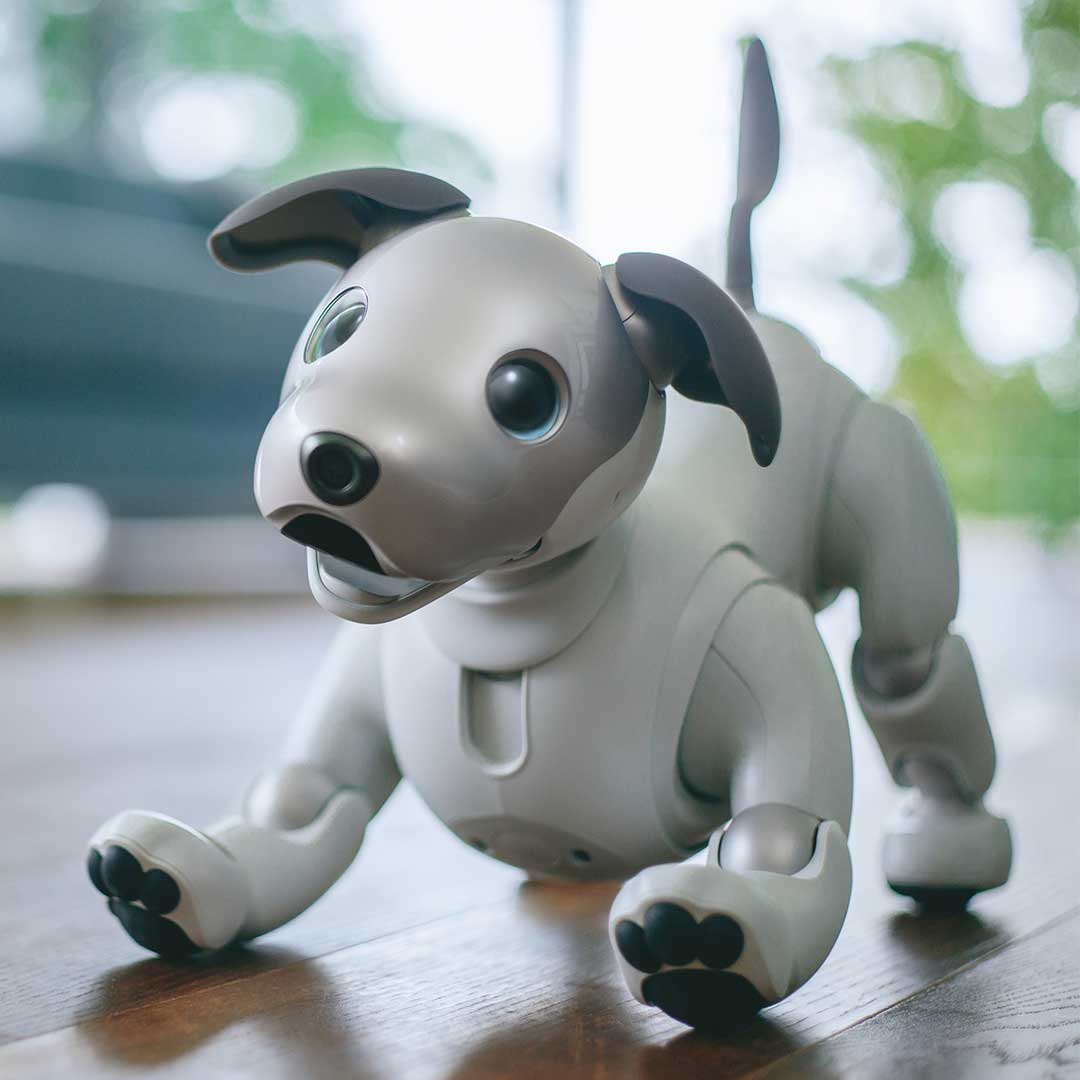
aibo
Sony Group Corporation
aibo is an entertainment robot that connects with people in everyday life, bringing joy and affection to them. Developed in 2018, it aims to be curious and approach people independently to build relationships and grow as a partner as it interacts. Those who see him want to hug him because of his rounded, lively appearance. By following people's movements with his eyes, exchanging glances, blinking, and changing his gaze, as well as making dynamic movements and gestures, he expresses emotions. A set of sensors that analyze data and information gathered from the environment and from people with whom the robot interacts, coupled with Sony's artificial intelligence technology, enable the unique development of aibo, making it more suited for each tutor's day-to-day life.
©2018 Sony Group Corporation
aibo is a registered trademark of Sony Group Corporation
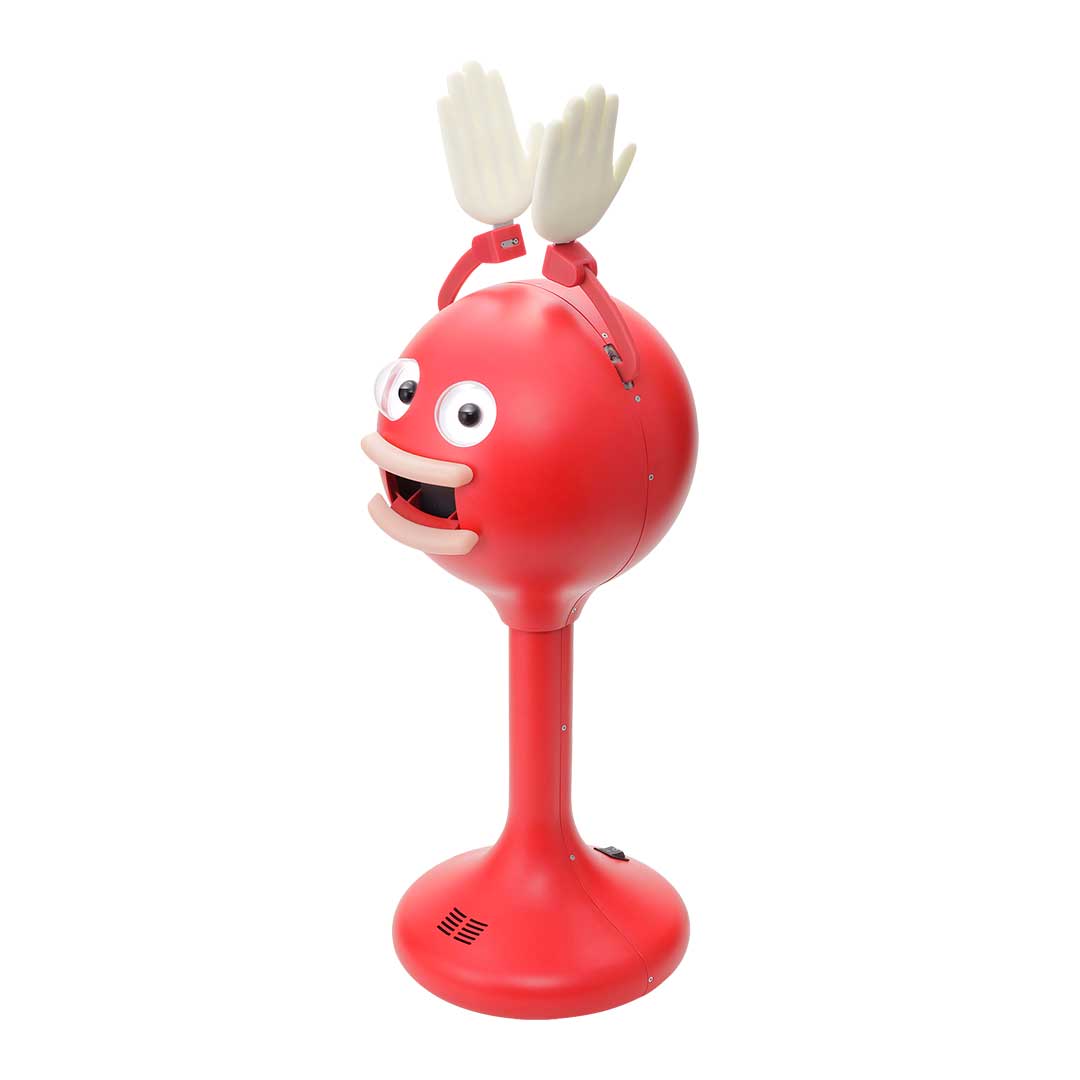
BIG CLAPPER
BYE BYE WORLD Inc.
BIG CLAPPER was developed by Takahashi, president of the company, as part of a master's degree research project on a ‘clapping machine.’ It uses the universal language of applause with its rubber hands that are able to produce more than 500 different presentations, based on the sound of clapping, to get people’s attention. Synchronized with a smartphone, the user can control it remotely to create original phrases and clap patterns. BIG CLAPPER is being marketed as a way for retail stores to generate excitement and attract customers. Additionally, its eyes were designed to seem as if they were always looking at the onlooker.
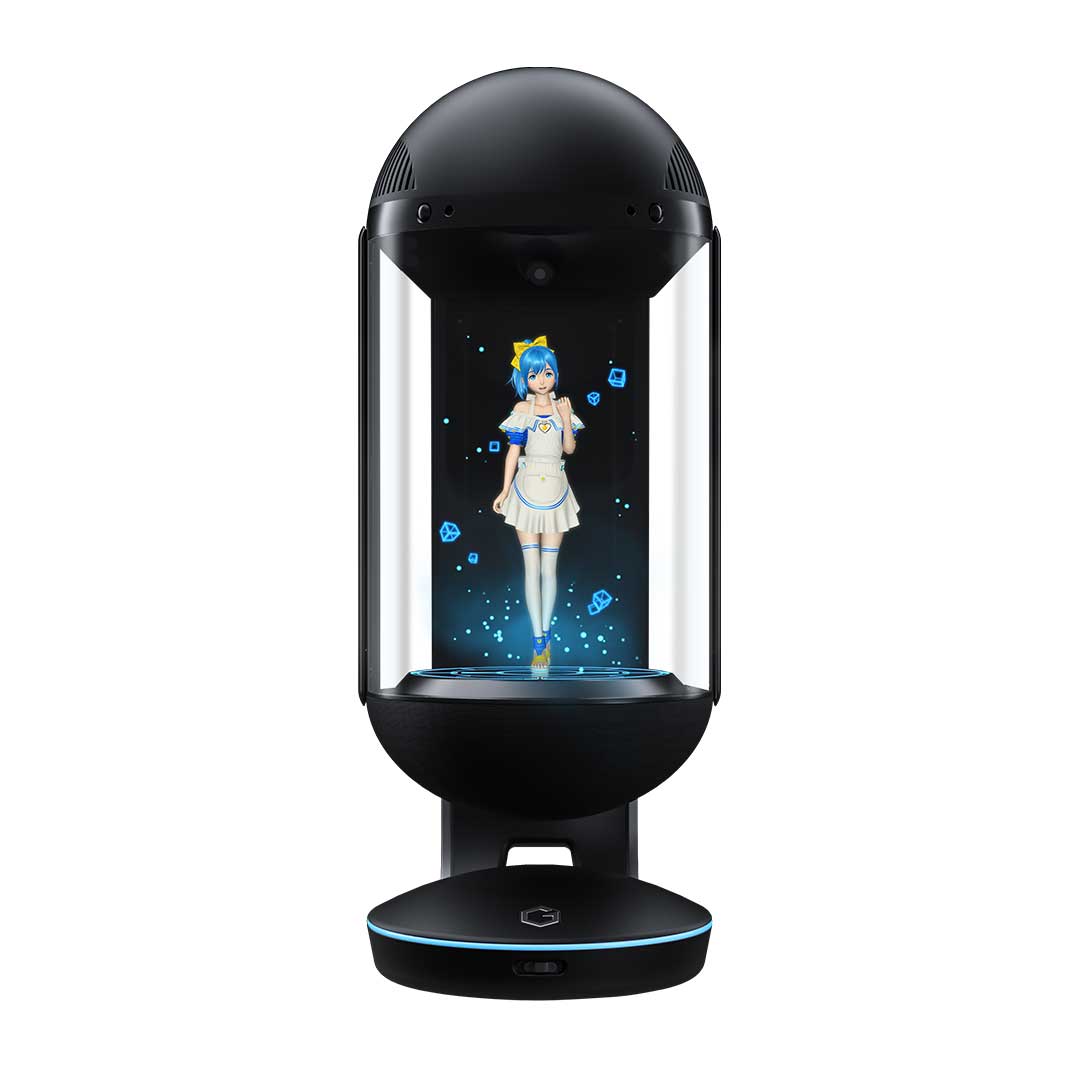
Gatebox
Gatebox Inc.
The holographic character Azuma Hikari is a 20-cm tall 3D virtual creature. It is 20 years old, dresses in blue, and changes its costume to match the time and circumstances, as it uses communication technologies, voice and facial recognition, in addition to presence, ambient light, moisture, and temperature sensors. An assistant and housemate, this projection, which has its own personality, resembles a character out of an anime, the famous Japanese animations, and has the voice of Japanese voice actor Hiyamizu Yuka. You can communicate with it through the Line messaging app and by voice. According to its creator, Takechi Minori, “Gatebox is the first virtual home robot that allows you to live with your favorite character.”
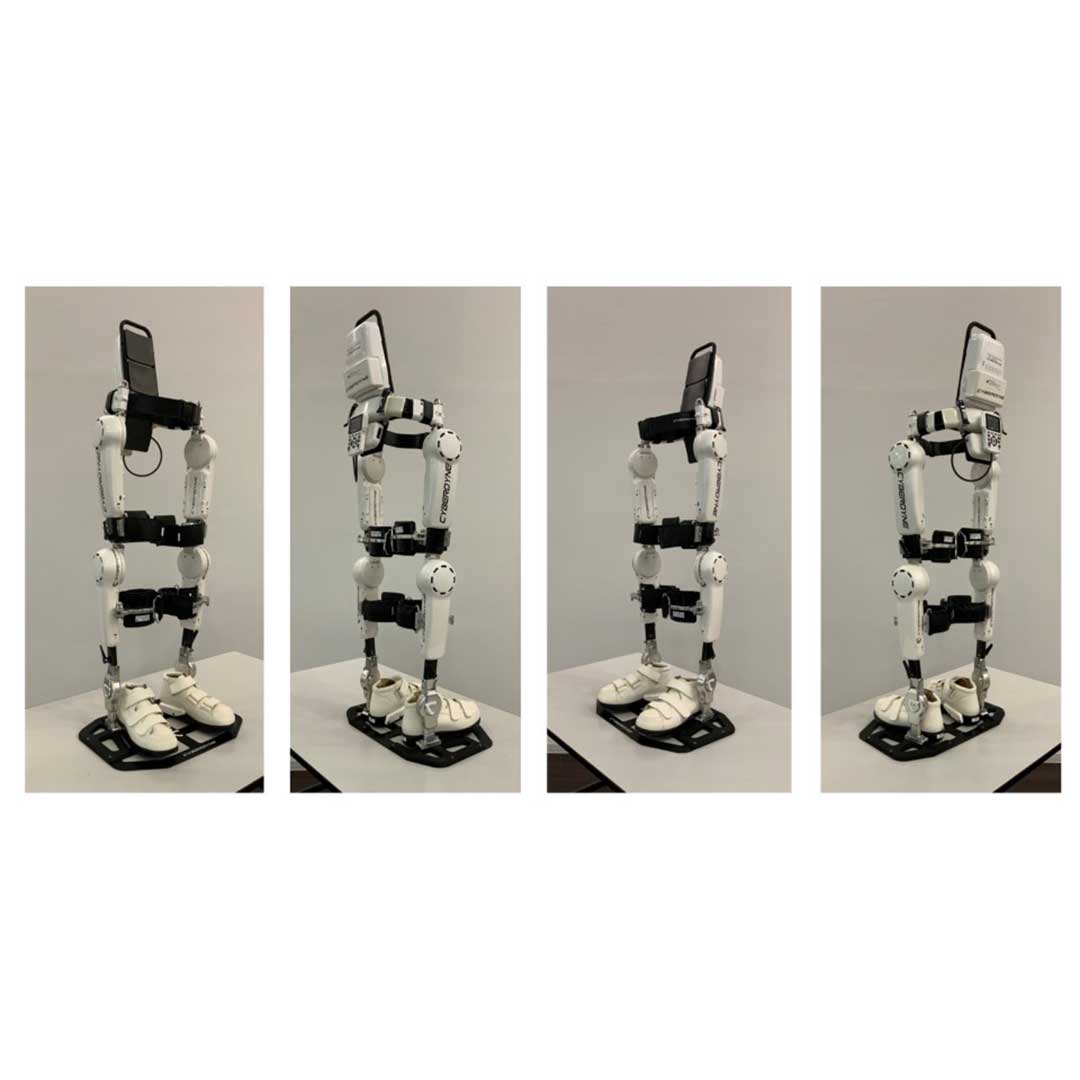
HAL - Hybrid Assistive Limb
CYBERDYNE Inc.
Considered the first cyborg-type robot capable of improving people's physical capacity, HAL is a 14-kg device that can help to increase the autonomy of people with disabilities or who have lost strength in their legs. It can also support those who need to make great efforts, such as carrying weight, taking care of other people, and can be used to train athletes. It works by sending command signals from the brain to the muscles through nerves when the person tries to move. At that moment, sensors placed at the user’s lower back record the bioelectric signals that are transmitted to the robotic device. Its battery lasts one hour.
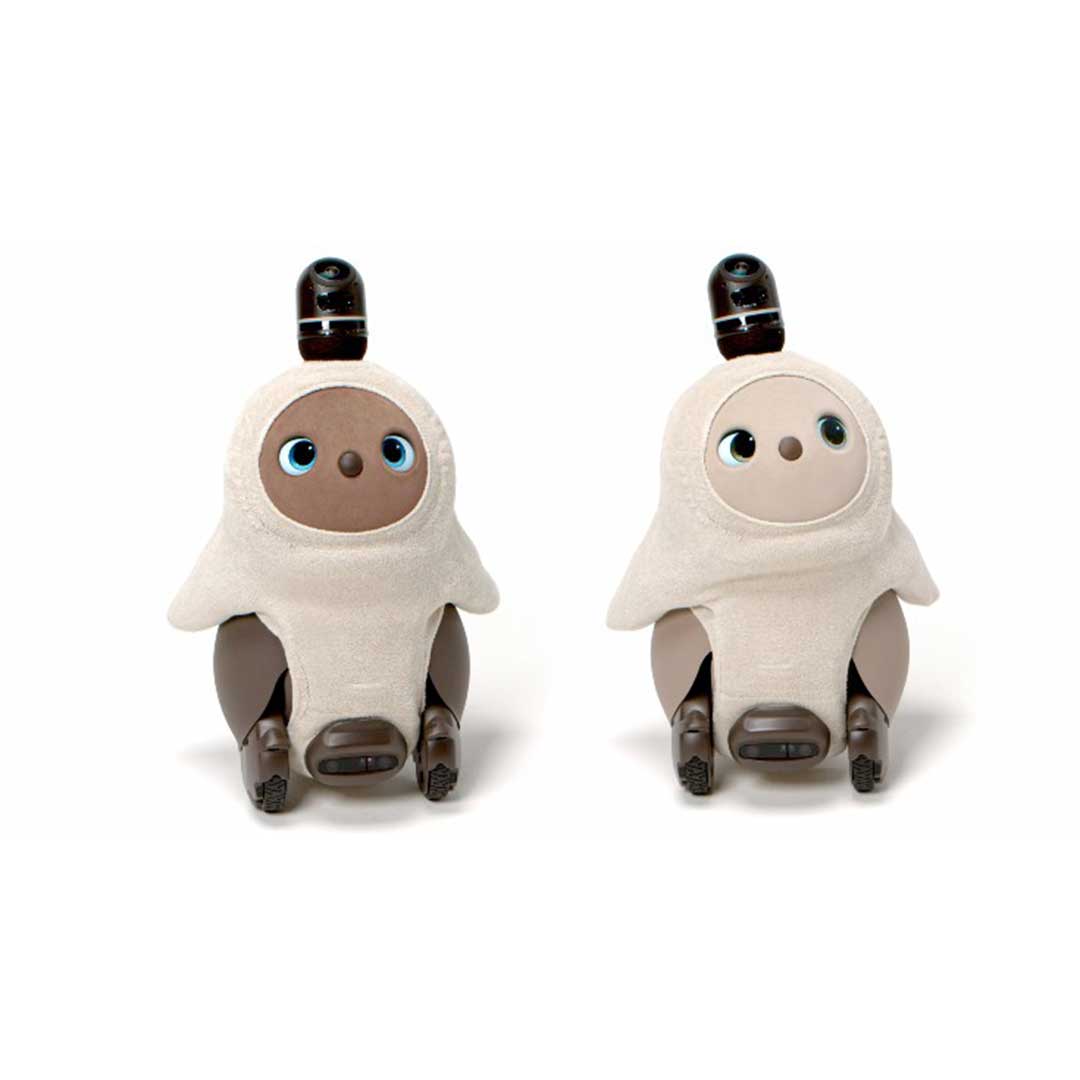
LOVOT
GROOVE X, Inc.
LOVOT is a robot that responds when called and makes eye contact. It gets attached to the person it likes and asks for hugs. When hugged, you can feel it slightly warm. Although it is a robot, one of its characteristics is conveying true vivacity. In recent years, it has attracted attention because of its prospects for use in mental health care, in sensory enrichment education, and in teaching programming during the COVID-19 pandemic. It was adopted in preschools, elementary schools, care institutions, and companies across Japan.
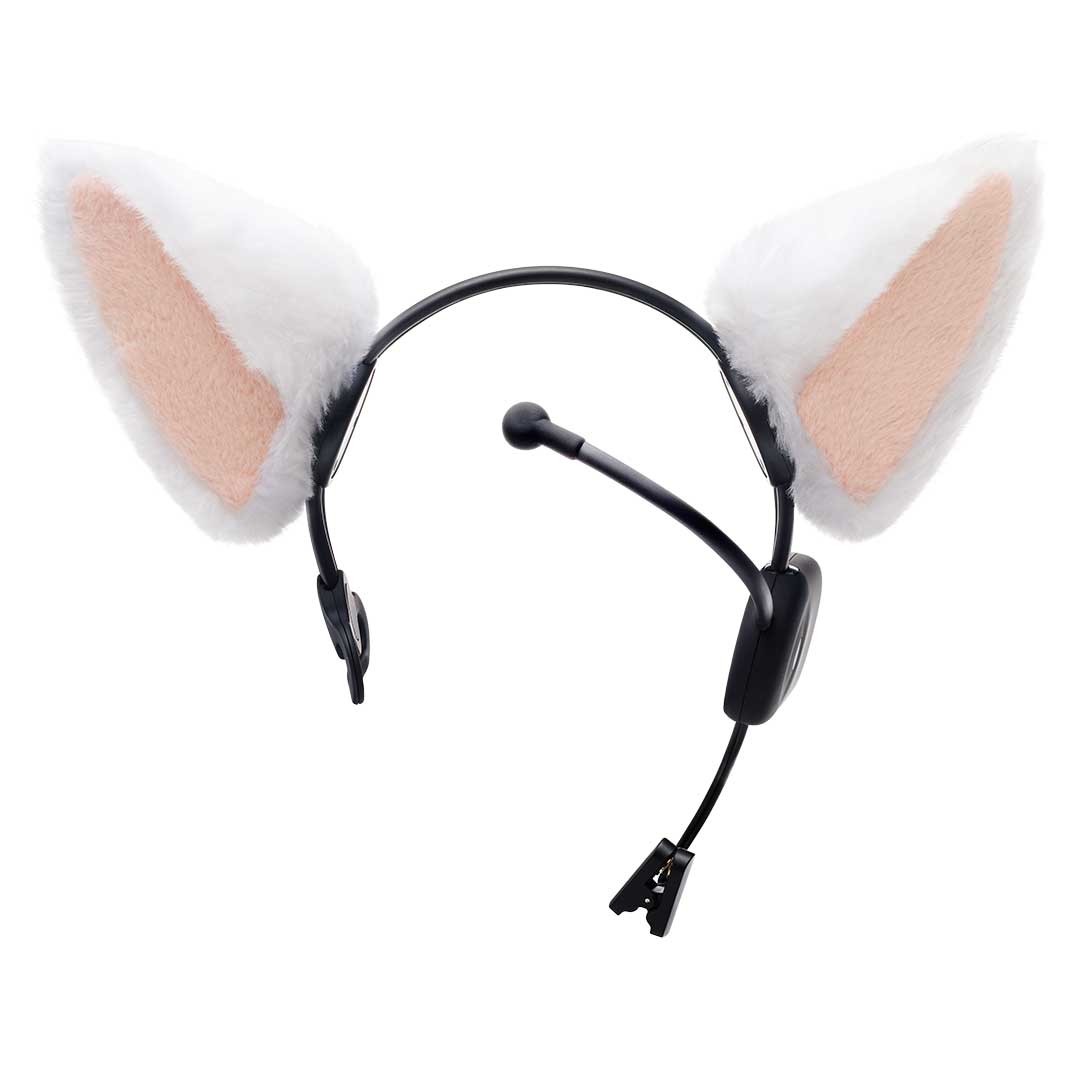
necomimi
NeuroSky Co., Ltd. / neurowear
necomimi is a completely innovative type of communication device that boosts the human body and capacity. This cat-ear-shaped machine uses brain waves to express your state of mind before you do so through words. With necomimi positioned on your head, people can see that when you are concentrating, the ears stand up; when you are relaxed, the ears are lowered; when concentration and relaxation occur simultaneously, the ears become raised and move slightly. It is believed that this is the state in which professional athletes are able to perform better.
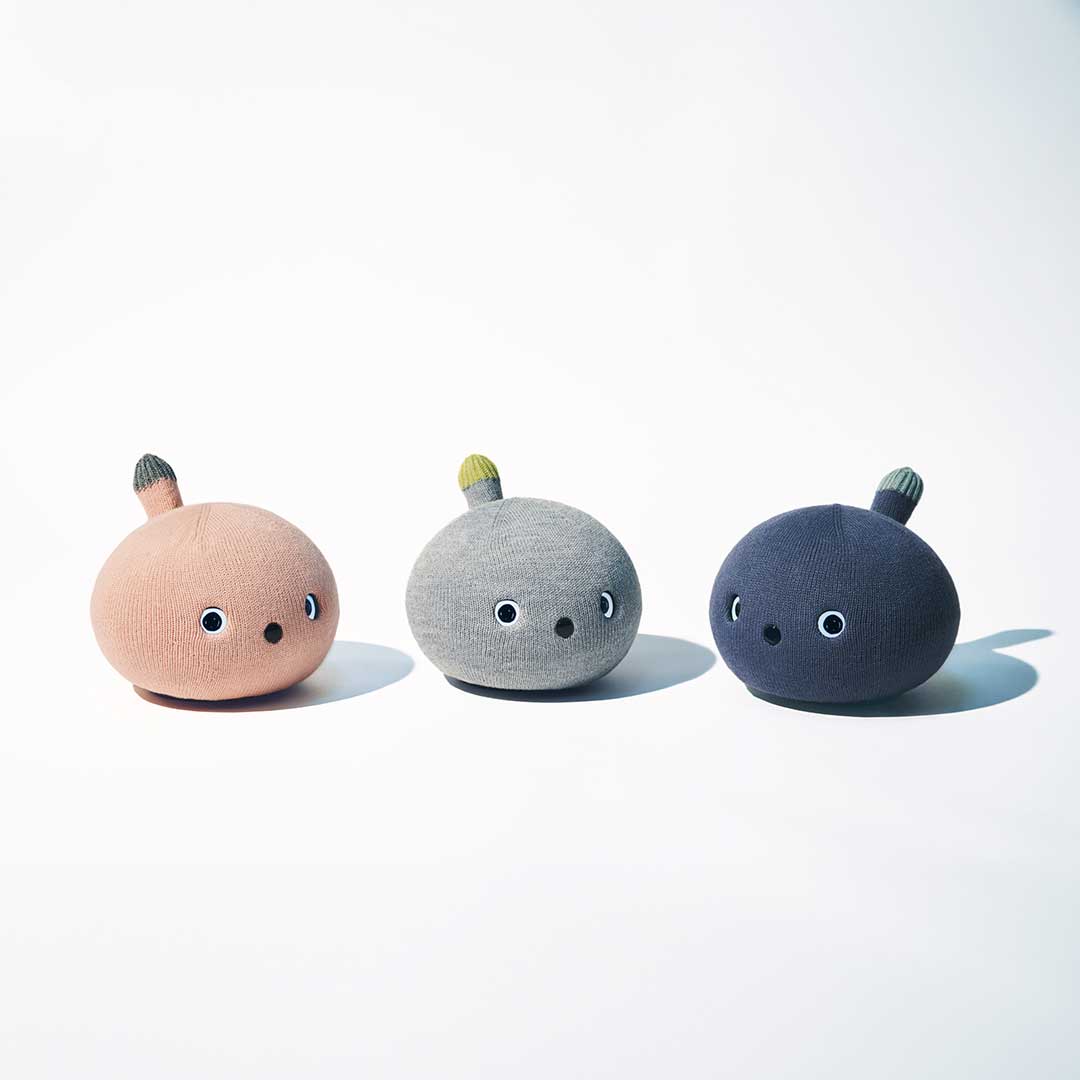
NICOBO
Panasonic Entertainment & Communication Co., Ltd. | ICD-Lab Toyohashi University of Technology
Developed in 2021 to cause empathy, wagging its tail happily to show attention when petted, this robot lives at its own pace, sometimes distracted, sometimes talking in its sleep or even farting. At the beginning of its relationship with humans, it only utters a few expressions, such as “Moco!” or “Mocomon!,” but, little by little, it can learn new words and even express itself with new vocabulary.

PARO
National Institute of Advanced Industrial Science and Technology - AIST
Paro’s model is the harp seal pup. It has voice, touch, light, posture, and temperature recognition sensors (body temperature control), and is capable of moving autonomously based on learning made through artificial intelligence. PARO makes sounds, blinks and moves its paws, and can express joy when receiving affection or being carried in someone’s lap. It motivates the people with whom it interacts, being used as a ‘medical device’ to alleviate stress, loneliness, anxiety, pain, depression, and agitation (violence, verbal abuse, and wandering, among others), and it has been introduced in hospitals, nursing homes, and social welfare or medical institutions to interact with the elderly, adults, and children.
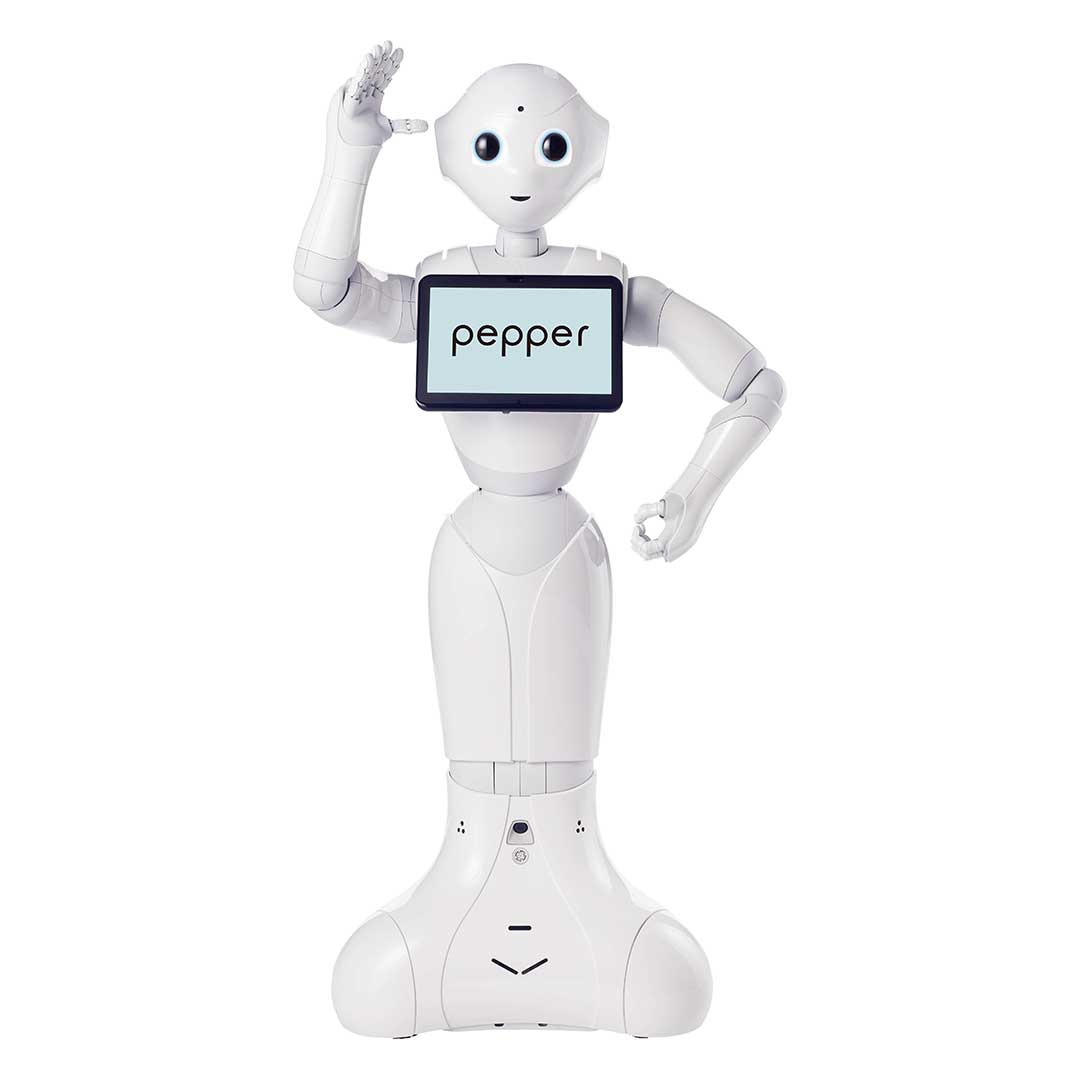
Pepper
SoftBank Robotics Group Corp
Pepper, one of the first humanoid robots capable of expressing emotions, has been used to present products and at receptions in companies, restaurants, hospitals, and schools since 2014. Its height is close to the eye height of a seated adult, approximately 121 cm. It is able to perceive the interlocutor’s emotions, through facial expressions and tone of voice, being able to communicate and produce emotions, such as joy and sadness, while changing posture and moving its arms.
©︎SoftBank Robotics

Qoobo
Yukai Engineering Inc.
Qoobo is a therapeutic robot fitted with a cushion measuring 32-cm in diameter that responds to touch by wagging its plush tail that is programmed to imitate pet movements. When touched lightly, Qoobo slowly wags its tail. And when caressed, its tail wags even faster. At times, it moves without being stimulated, as if it were acting on its own accord. It is used in various spaces, such as nursing homes and places that do not allow pets, to inspire comfort and peace of mind.
Chahakobi Ningyô
One of the robot pioneers, this tea-serving automaton (chahakobi-ningyô) is typical of Japan, appearing in popular novels since the beginning of the Edo period, in the early 17th century, and described in “Karakuri Zui” (1798) - the only existing manual for mechanical dolls – by Hosokawa Hanzo. The robot is the outcome of technical progress made in watchmaking, appearing at the origin of the design of industrial machines. The name Karakuri Ningyô comes from the combination of karakuri, which means “mechanism” or “trick,” and ningyo, which has the double meaning of its syllables, “person” and “form.”
--
Service:
Exhibition “Living with robots”
#ConvivendoComRobôs #RobôsNaJHSP
Curator: Zaven Paré
Support: Consulate General of Japan in São Paulo,, Consulate General of Japan in Rio de Janeiro, JETRO, National Museum of Emerging Sciences and Innovation, and Jornal Asahi.
Period: November 14, 2023 to May 19, 2024
Cost: Free admission
The exhibition has accessibility resources (Sign language, audio descriptions, tactile elements).
Early booking (optional): https://agendamento.japanhousesp.com.br
Japan House São Paulo | ground floor
Location: Avenida Paulista, 52 – Bela Vista, São Paulo
Opening hours:
Tuesday to Friday, from 10 am to 6 pm
Saturdays, Sundays and holidays, from 10 am to 7 pm
Japan House São Paulo remains closed on Mondays, without exception, including on holidays.




